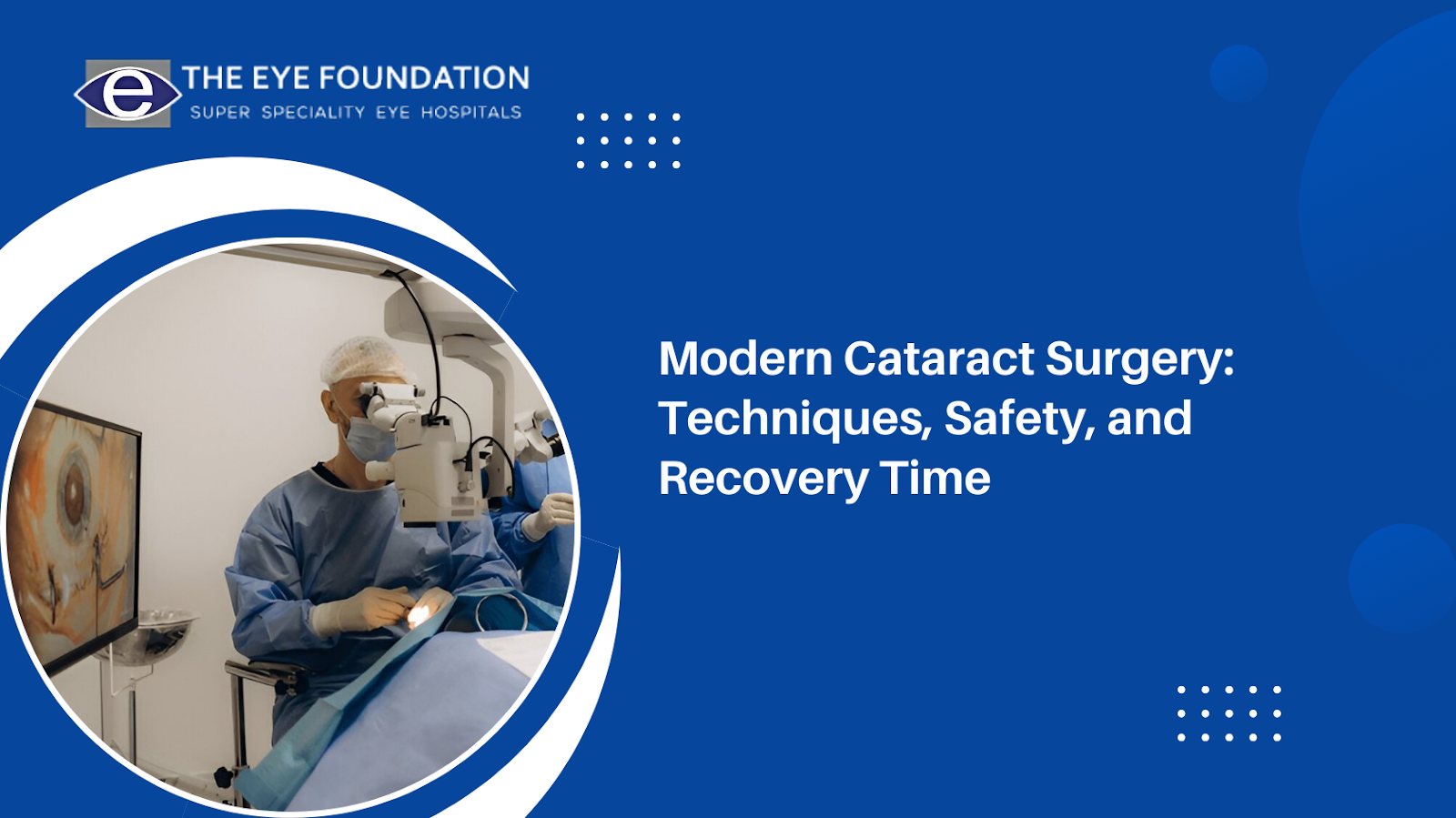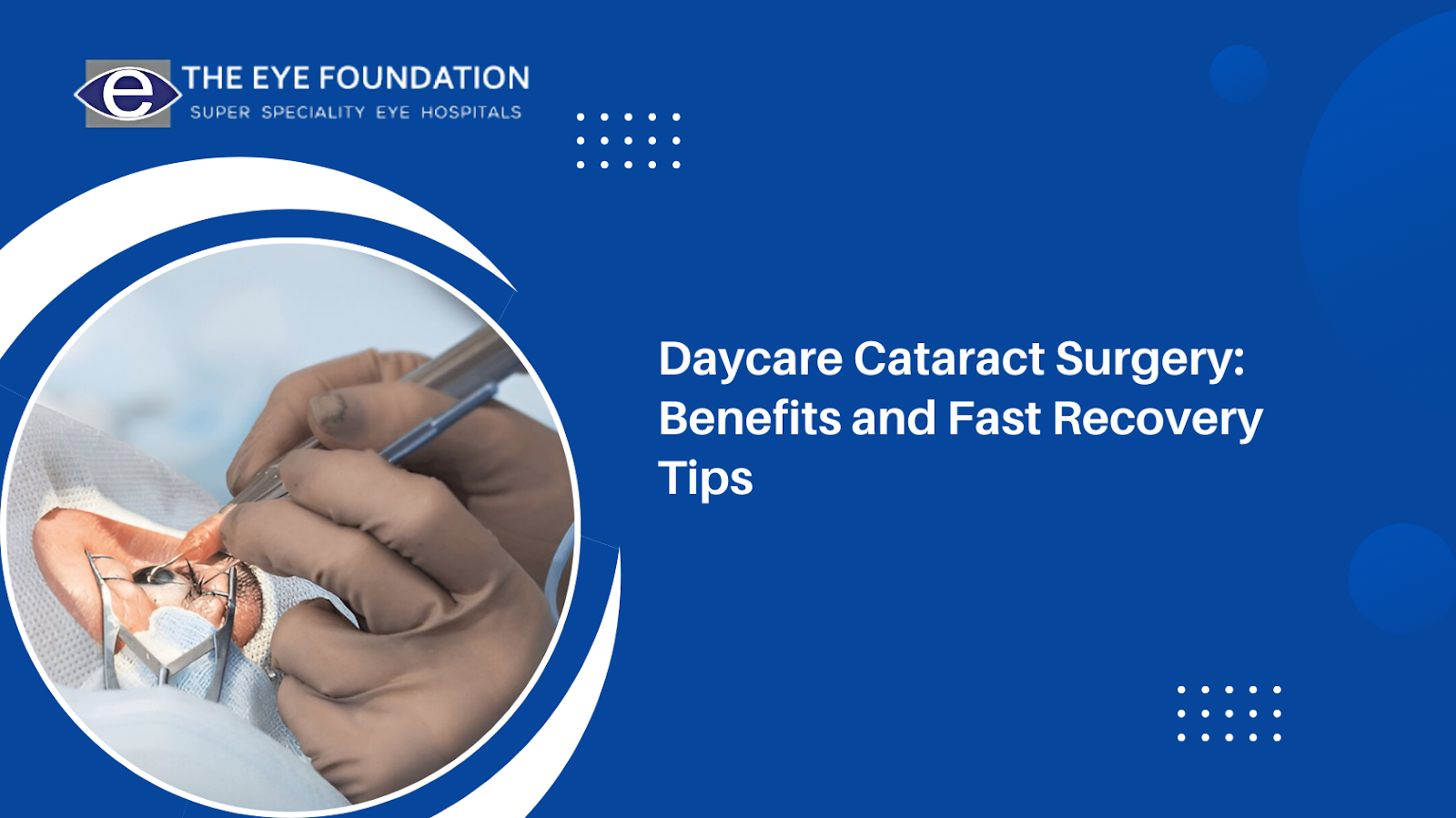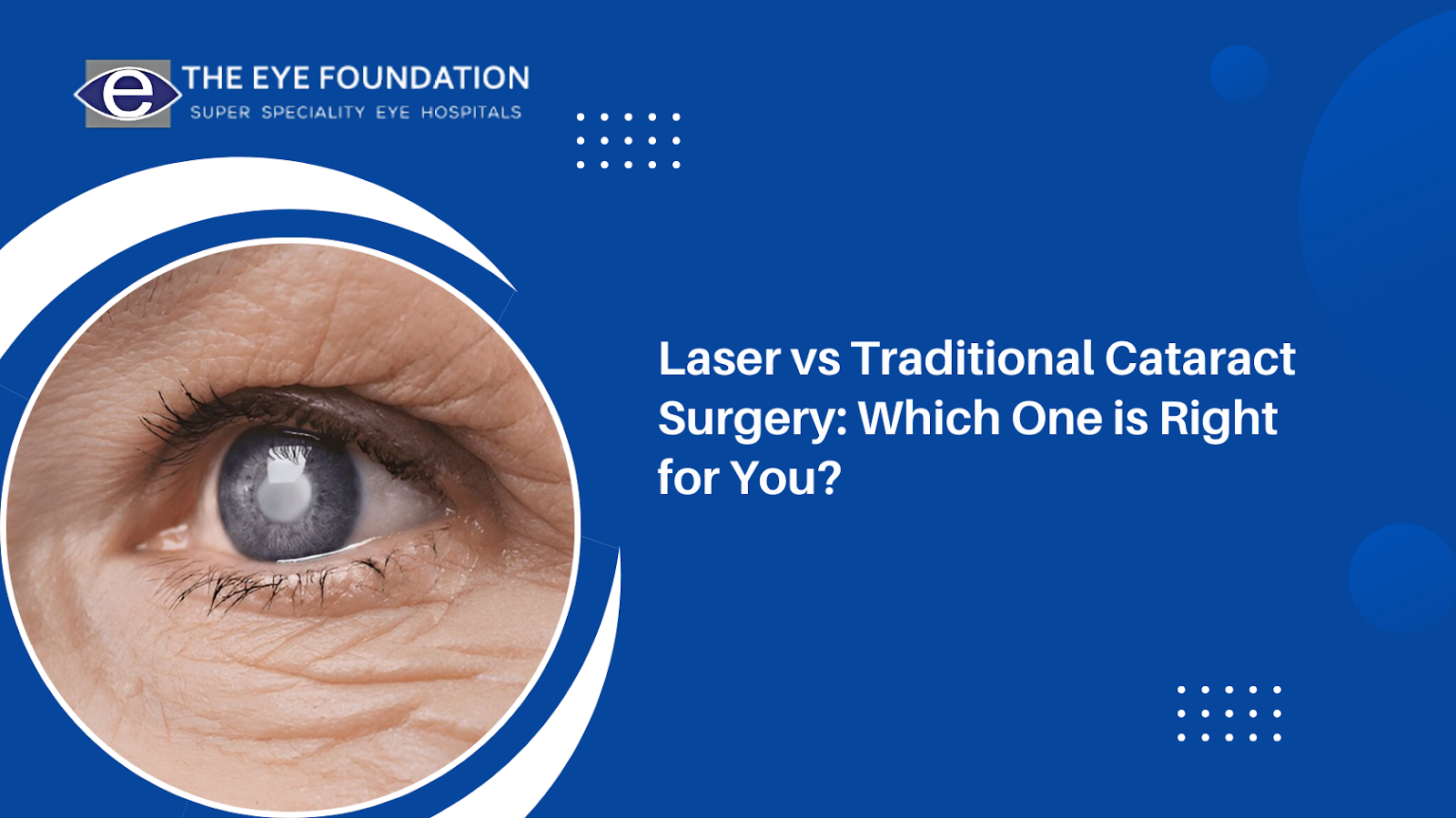Cataract surgery is one of the most frequently performed surgical procedures in the world. Advancements in technology have made surgery a quick, relatively low risk procedure that allows the patient to regain vision often in a matter of days, as opposed to the longer healing phase associated with the past. Discussed below are new procedures, how safe they are, and the recovery process.
Techniques in Modern Cataract Surgery
Modern cataract surgery has multiple advances that are all intended to improve safety, precision, and recovery time. Some examples are:
- Phacoemulsification
By far the most common technique used in developed countries. An ultrasound probe is utilized to break apart the clouded lens, (the cataract) and subsequently aspirated out. The small incision is self-sealing thus they will have less of a surgically induced astigmatism and a faster recovery.
- Laser-Assistance Cataract Surgery
Femtosecond lasers can be use to make incisions, soften the cataract and aid lens fragmentation. The laser adds precision and may transfer less stress to the eye. Patients recovering from laser-assisted cataract surgery tend to recover faster, compared to conventional/straightforward cataract surgery, and laser-assisted cataract surgery aims to use more automated processes with better reliability.
- Manual small incision cataract surgery (MSICS)
Most common in developing countries or if the cataract is very dense, MSICS provides an intermediate option: a smaller incision and often without suturing needed compared to older extracapsular methods, while also having manual work that is greater than phaco. MSICS aims to provide good vision outcomes for patients with relatively lower costs than phaco.
- Intraocular lens (IOL) advances
Once the cloudy natural lens is removed an artificial lens (IOL) is implanted. Contemporary IOLs come in various designs: monofocal, multifocal, toric (to correct for astigmatism), e.g. extended-depth-of-focus lenses, accommodating lenses, and even adjustments in a post-operative environment to improve vision. The choice of lens affects both visual outcome and patient satisfaction.
- Continuous Curvilinear Capsulorhexis (CCC)
A method for generating a smooth, circular opening in the front capsular bag of the lens so that it can be removed and a new, intra-ocular lens can be inserted safely. Smooth and controlled CCC decreases the chance of tearing or deforming the capsular bag and minimizes the complications of future surgery if the tear causes an irregularity.
Safety Considerations
Modern cataract surgery is an exceedingly safe procedure. Infection and other complication rates are minimal, particularly in a sterile environment performed by trained, experienced ophthalmic surgeons. There are still crucial safety concerns:
- Small incisions generally are less complicated to heal and minimize the effects of surgery on wound healing. The smaller the wound, the less chance of infection.
- A sterile environment is essential including sterile fields, sterile instruments, disinfectant procedures, topical antiseptics (e.g. povidone-iodine) and hand scrupulousness, etc.
- Pre-operative assessment: It is an essential step to obtain corneal curvature and axial length of the eye, as well as any other ocular structures involved, that are necessary for IOL power, and to limit surprises.
- Anesthesia: Local anesthesia (topical or peribulbar) rather than general anesthesia is commonly used to decrease systemic risk of the anesthetic. Most patients are awake, but sedated.
- Post-operative care: We prescribe and instruct use of antibiotic and anti-inflammatory eye drops, provide vision follow-ups, instruct patient to avoid rubbing eye, protect eye from bright light and dust, and monitor for complications (infection, edema, dislocated lens, etc.).
Risks, although infrequent, include endophthalmitis (infection), posterior capsule opacification (PCO), lens dislocation, or induced astigmatism. Most of these are manageable if encountered early in the process.
Time to Recover
One major advantage of modern cataract surgery is the speed of recovery. Some of the aspects of what can be expected:
- In many cases, vision improvement begins within a day or two. Patients may notice some improvement in vision with clearer vision occurring, initially some blurriness or fluctuations in vision in some patients is common variable early.
- Many factors will determine recovery time but, discomfort such as dryness, scratchiness or mild pain present in eye is fast; that discomfort is usually minimal and usually is present for 24-48 hours.
- Usually, full healing of eye including stabilization of vision and incisions healing is approximately 4 to 6 weeks for most patients. Some sources vary from 2-6 weeks.
- Initially wear a protective shield, especially when sleeping, avoid rubbing eye and avoid heavy lifting, dusty environments and swimming for first week or two.
- Follow-ups are ganerally 1 day or 2 after surgery, than a week later after that, than after about a month to see everything has settled down.
- Factors That Can Impact Recovery Time: Age of patient, if other eye diseases are present (glaucoma, macular degeneration), type of cataract, surgical technique used during surgery, and adherence to postoperative instructions.
Summary Key Points
Modern techniques (phacoemulsification, laser-assisted, advanced IOLs) mean cataract surgery is safer, more precise, and quicker to both finish the operation, but subsequently to recover from surgery.
The level of safety is incredibly high if a professional medical environment is assured with a sterile environment, a good surgeon who has good experience, and good post-operative care.
Most people can successfully return to light activities of daily living, hopefully within a day or two; and visual stability is usually reached after 4-6 weeks of healing.
Appropriate selection of intraocular lens (IOL); good and careful pre-operative measurement; and following postoperative instructions are critical to achieving a good outcome.
Modern cataract surgery today provides excellent outcomes; surgical technique, lens technology, and safety protocols have advanced immensely. Although most patients will see improvement quickly after surgery, every patient will take weeks to fully recover; the importance of following all care instructions is paramount to the outcome.
If you or someone you know is considering cataract surgery, do not delay care. You can schedule an appointment with an experienced ophthalmologist at The Eye Foundation to help assess your individual needs, discuss lens options, and prepare for a safe surgery and smooth recovery.





